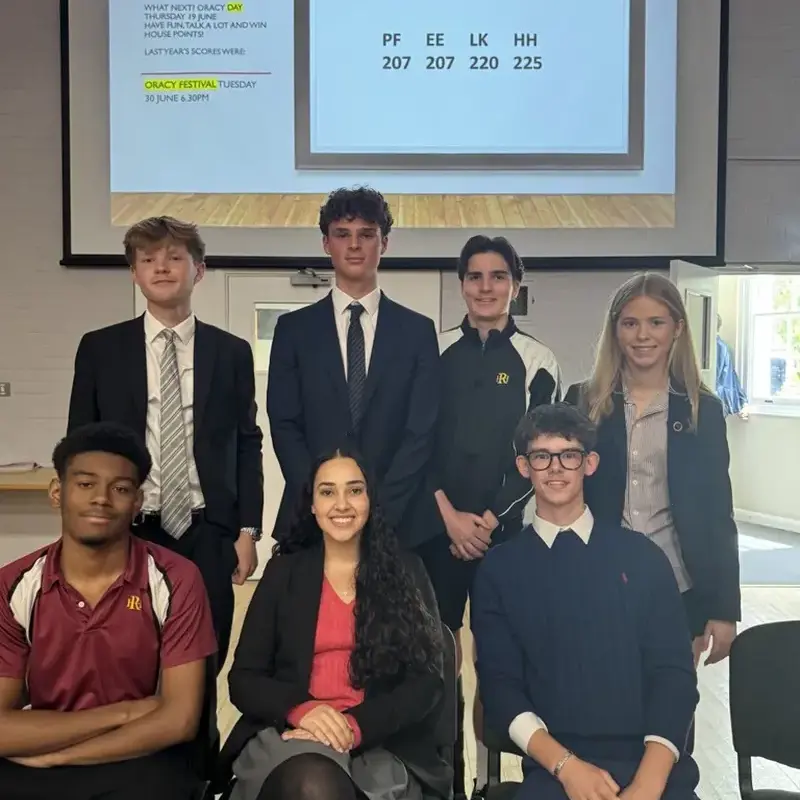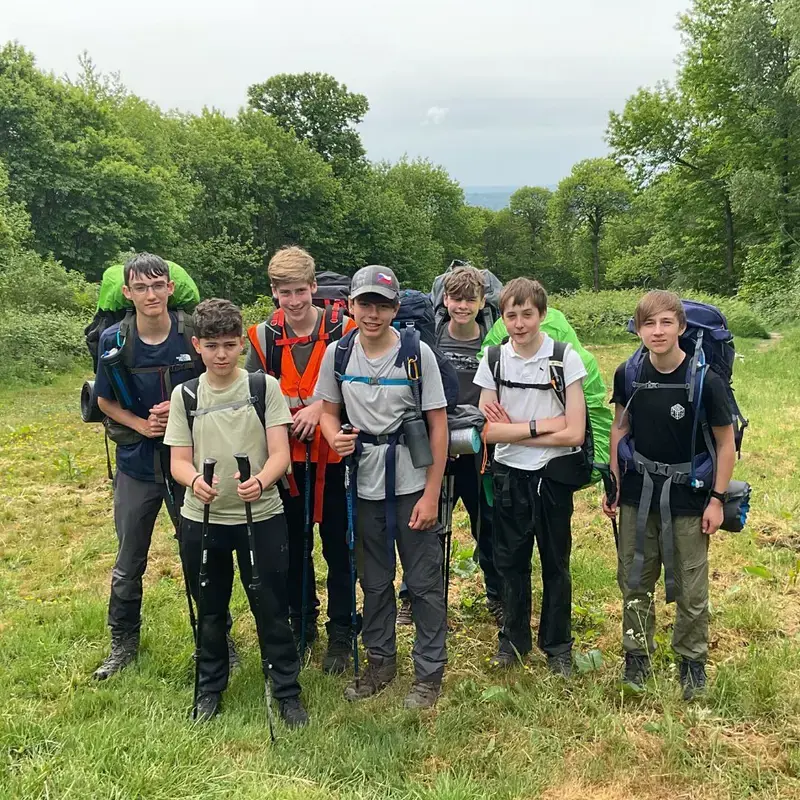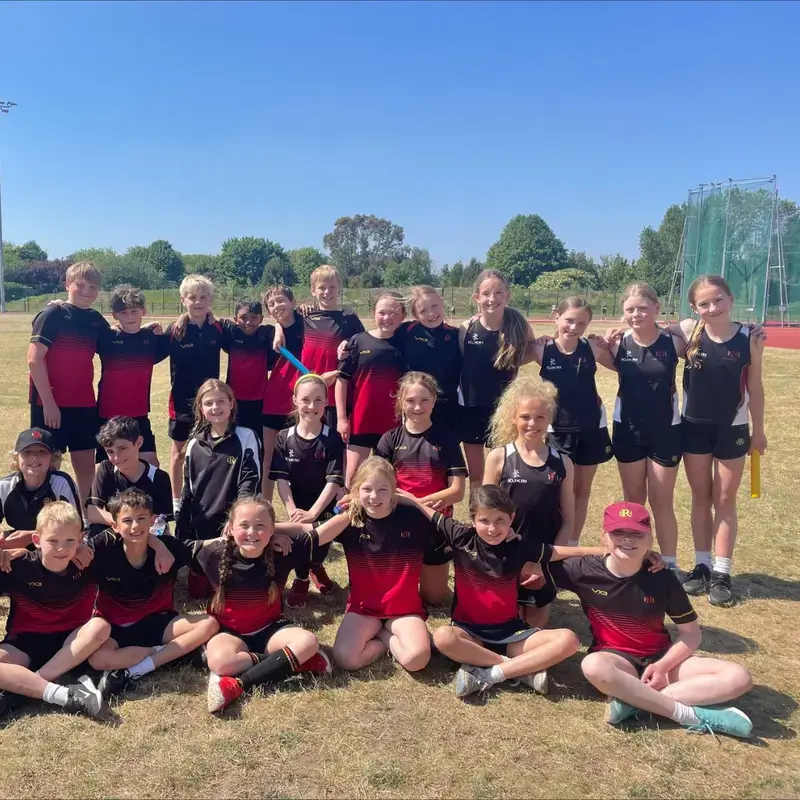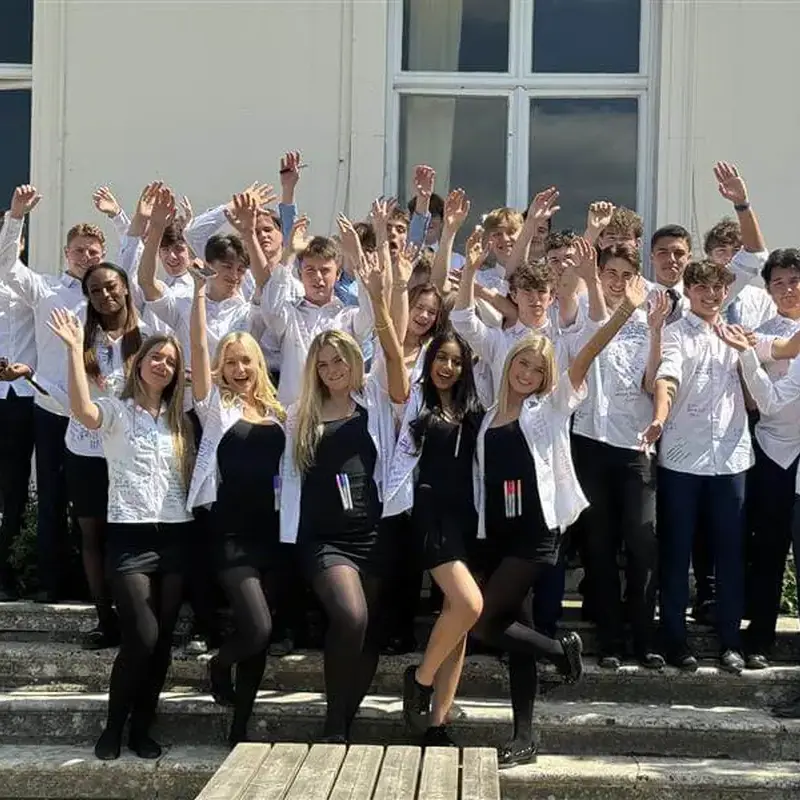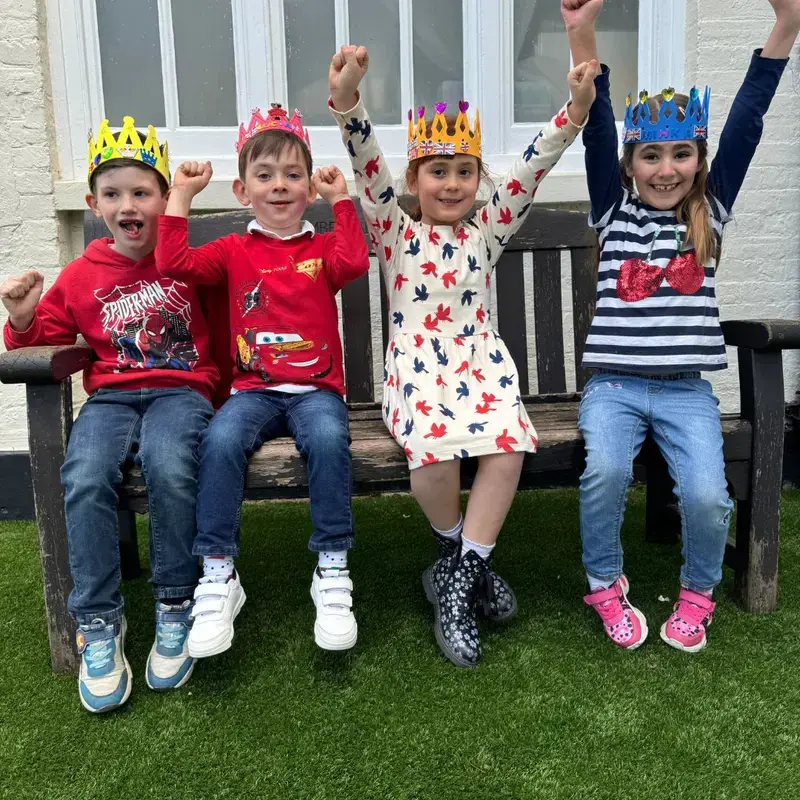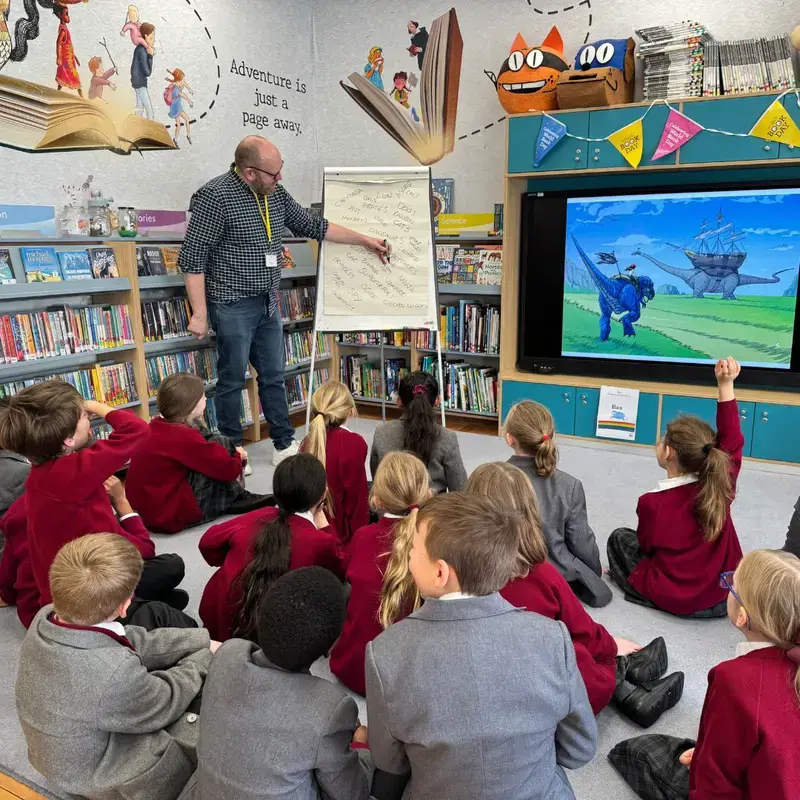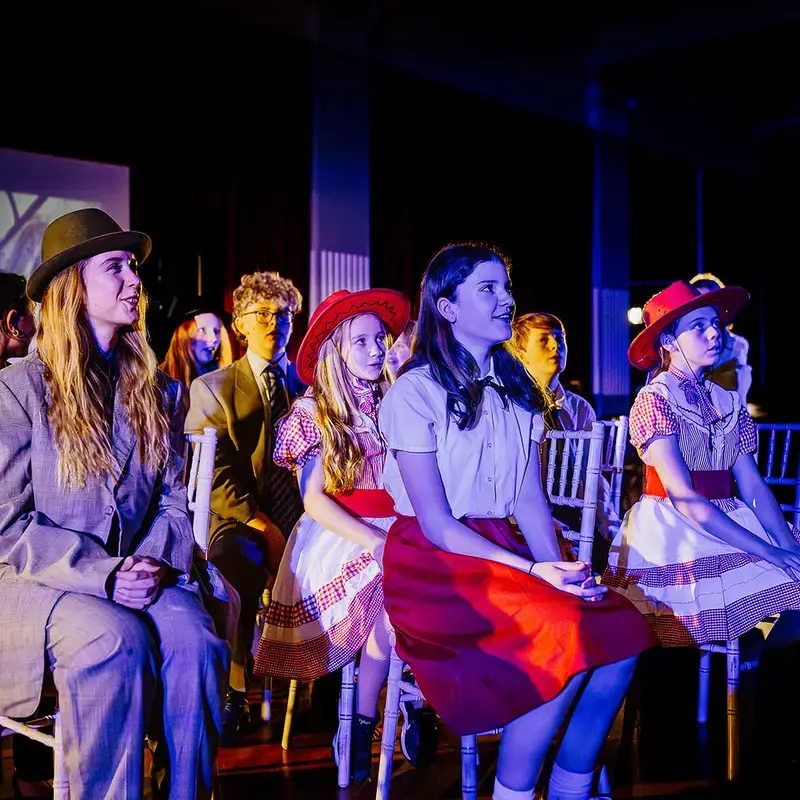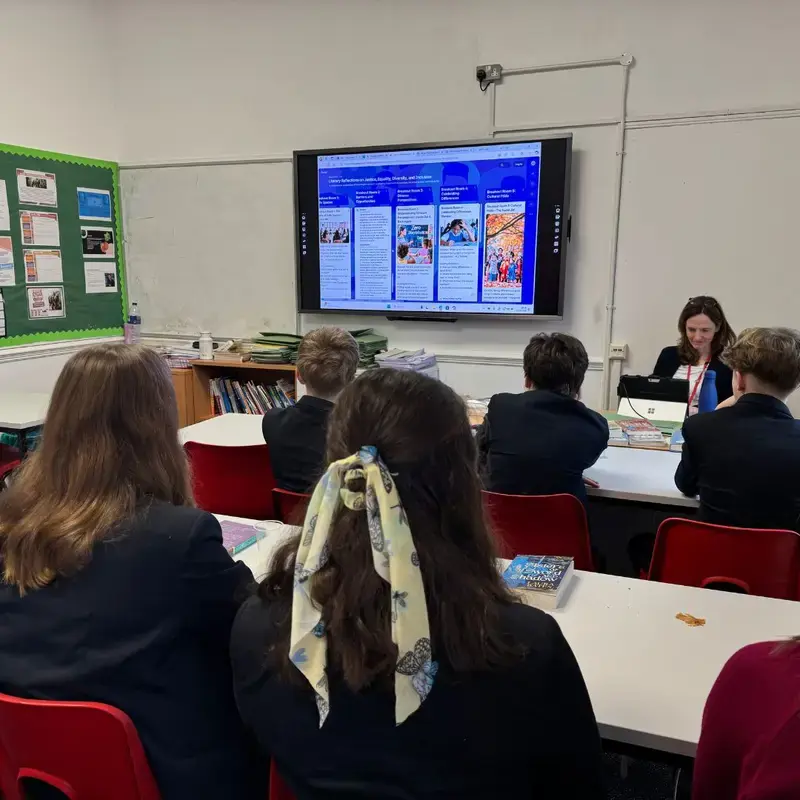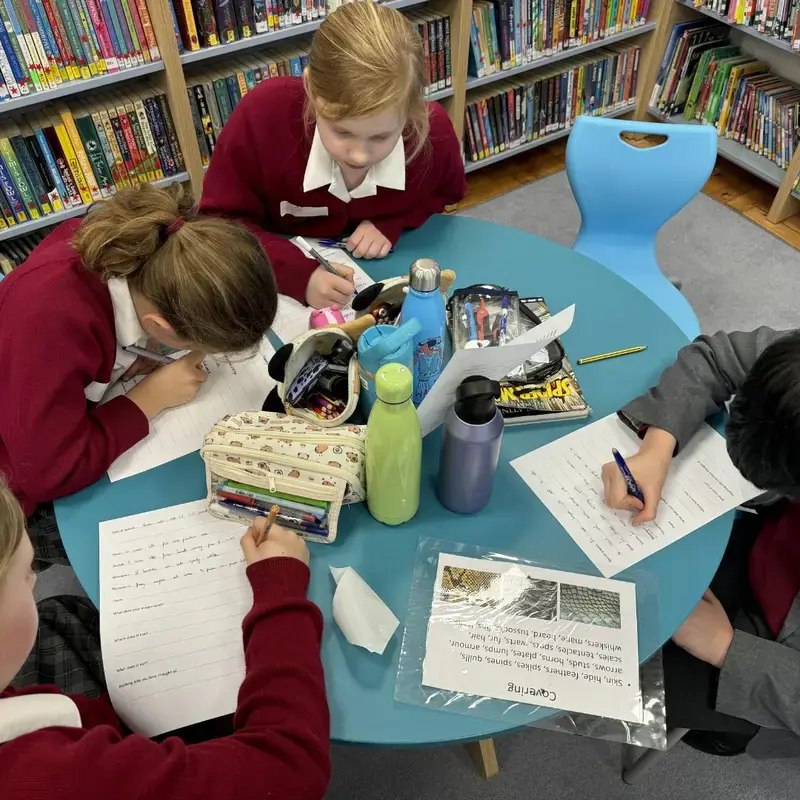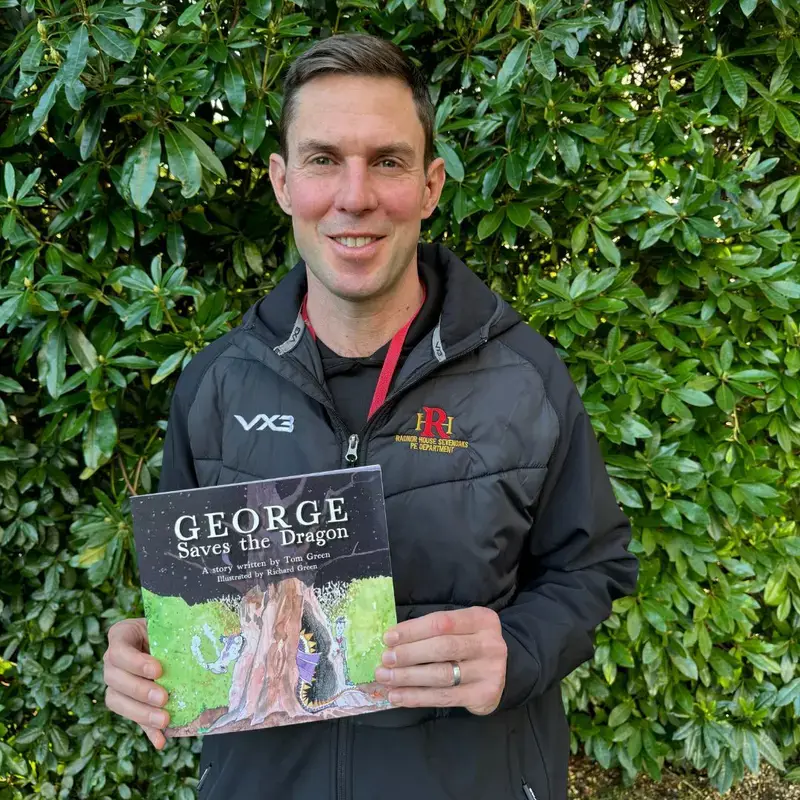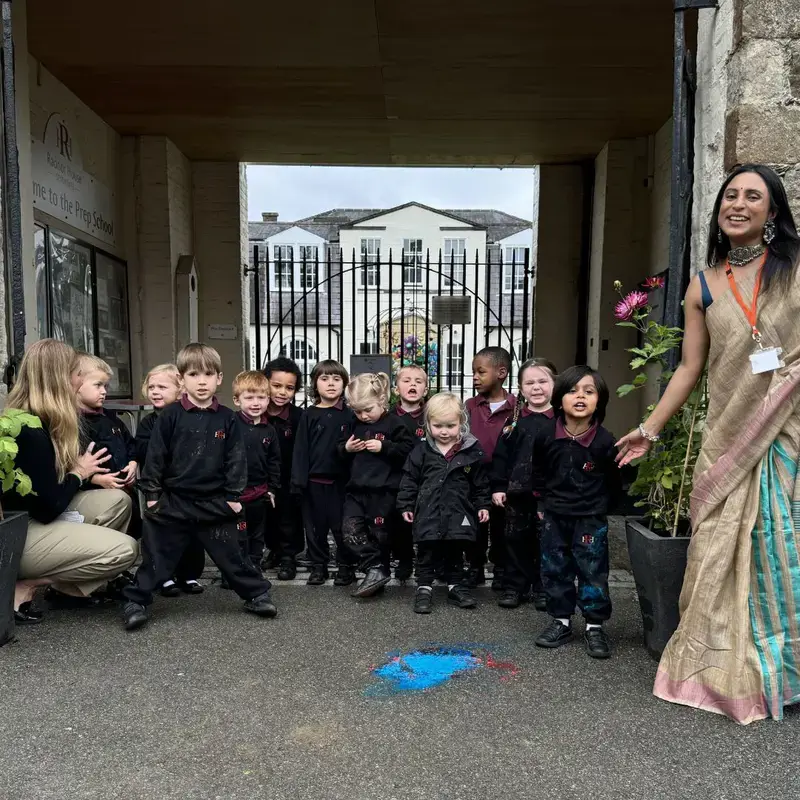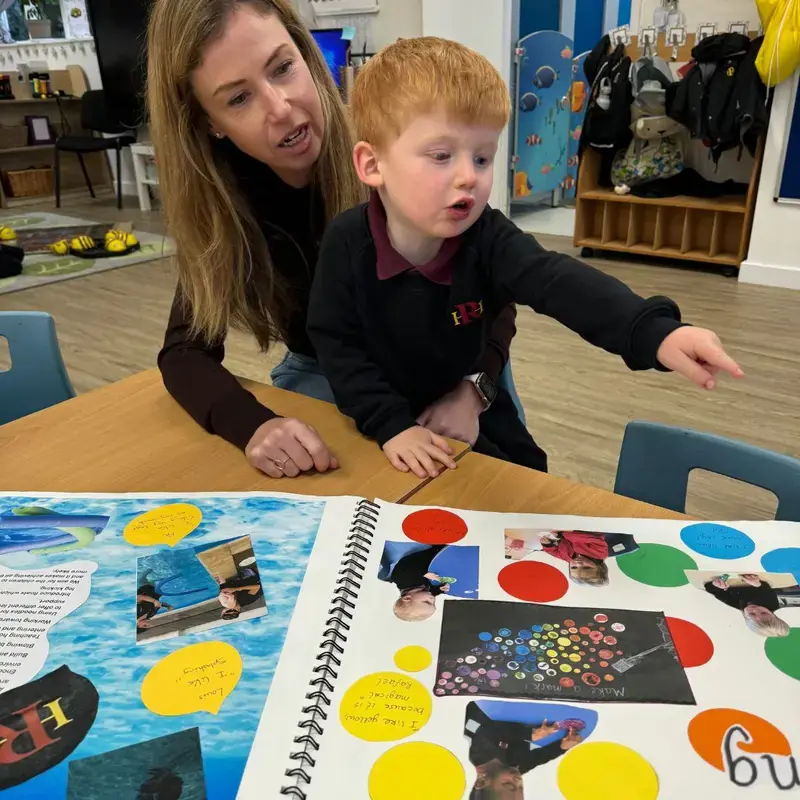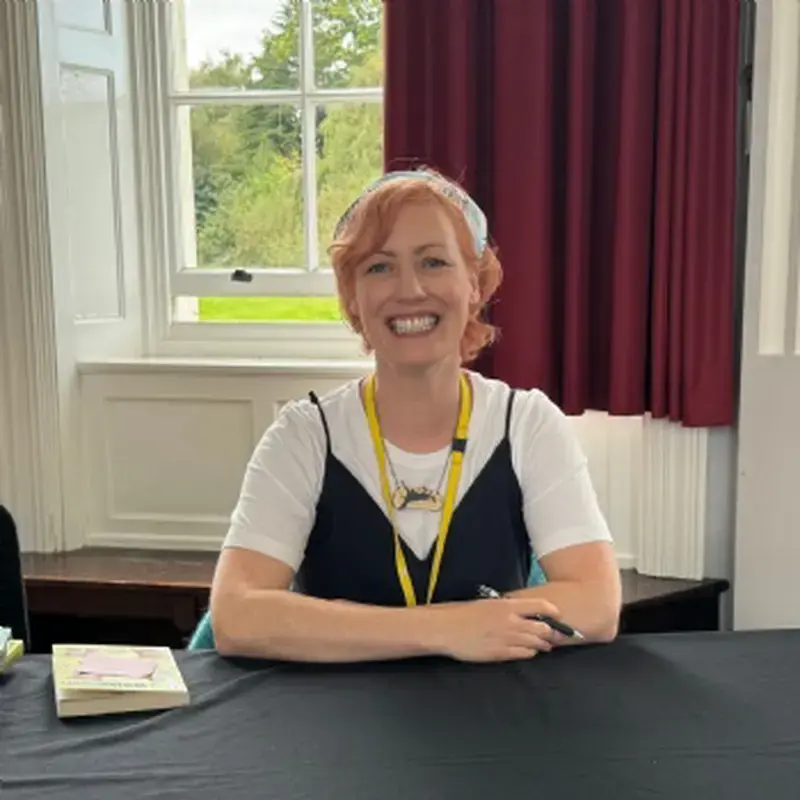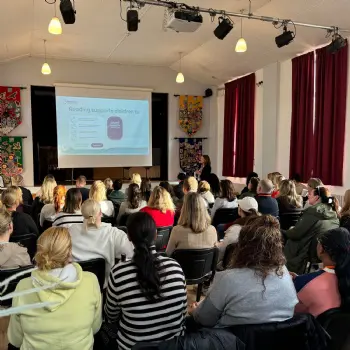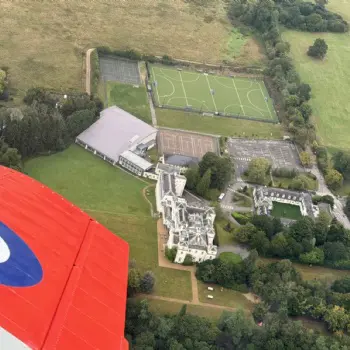News
-
Fri, 04 Jul 2025
Radnor Athletes Shine on the National Stage
-
Thu, 26 Jun 2025
From Classrooms to Careers: Discovery in Work Experience Week
-
Fri, 20 Jun 2025
Record-Breaking LAMDA Success for Radnor House Students
-
Fri, 20 Jun 2025
Oracy in Action Learning to Lead Through Language
-
Fri, 20 Jun 2025
Year 12 Investigate Brightons Changing Coast and City
-
Wed, 11 Jun 2025
Year 3 and 4 Explore Organic Farming at Bore Place Farm
-
Wed, 11 Jun 2025
Skills for Life: Building Water Safety Awareness in Years 5 and 6
-
Fri, 06 Jun 2025
Music Takes Centre Stage at Radnor House
-
Thu, 05 Jun 2025
Year 4 Navigate Their Way Through History in Westerham
-
Tue, 03 Jun 2025
From Clifftops to Coastlines Year 9 Outdoor Expedition
-
Wed, 21 May 2025
Year 9 Conquer the Great Outdoors on Bronze DofE Expedition
-
Wed, 21 May 2025
Reception’s Wild Adventure at Sevenoaks Wildlife Reserve
-
Wed, 21 May 2025
ISA London South Athletics Medal Success for Radnor House Prep
-
Wed, 21 May 2025
Prep Science Week 2025: A Scaly and Soaring Success
-
Fri, 16 May 2025
Radnor Students Win Record Gold Medal Haul at UK Maths Challenge
-
Wed, 14 May 2025
Radnor Golf Day Hits a Hole-In-One
-
Wed, 14 May 2025
A Symphony of Talent: Radnor Pupils Shine at Benenden
-
Wed, 14 May 2025
Year 9 Take Centre Stage on Arts Award Theatre Trip
-
Fri, 09 May 2025
It’s Time to Fly Class of 2025
-
Thu, 08 May 2025
Radnor House Prep Hits the Right Notes in the Studio
-
Wed, 07 May 2025
Radnor House Athletes Triumph at ISA London South Championships
-
Fri, 02 May 2025
Good Luck Year 11
-
Thu, 01 May 2025
Spotlight on Talent: MADE Brings Performing Arts to Life
-
Thu, 01 May 2025
Year 3 and 4 Adventure to Bedgebury Pinetum
-
Tue, 29 Apr 2025
Students Reach New Heights in Big Climb Event
-
Fri, 25 Apr 2025
Radnor House Sevenoaks has been shortlisted for the Tes Awards 2025
-
Thu, 24 Apr 2025
A Parisian Adventure: Year 7 Students Discover the City of Light
-
Thu, 03 Apr 2025
Living Through History: Year 5 & 6 Step Back to WW2
-
Thu, 03 Apr 2025
Year 12 Geography Students Explore Coastal Processes at Pevensey Bay
-
Fri, 21 Mar 2025
A Magical Success: Year 3 and 4’s ‘A Hint of Snow’
-
Thu, 20 Mar 2025
Radnor House Runners Shine at ISA National Cross-Country Finals
-
Thu, 13 Mar 2025
Science Week 2025 at Radnor House Sevenoaks: A Cosmic Adventure
-
Thu, 13 Mar 2025
Radnor House Sevenoaks Shines at the Tunbridge Wells Arts Festival
-
Thu, 06 Mar 2025
Radnor House Careers Network Evening: Inspiring the Future
-
Thu, 06 Mar 2025
Author and Cartoonist Neill Cameron Inspires Pupils at Radnor House
-
Thu, 27 Feb 2025
ISA London South Junior Cross Country Event 2025
-
Thu, 27 Feb 2025
Year 11 Historians Step Back in Time at the Old Operating Theatre
-
Thu, 27 Feb 2025
Early Years Explore the Round Square Heroes
-
Fri, 14 Feb 2025
Radnor House Sevenoaks Takes to the Stage with Sell-Out Production
-
Thu, 13 Feb 2025
Year 1 Step into the World of Florence Nightingale
-
Thu, 13 Feb 2025
Radnor House Students Engage in Global Round Square Literature Event
-
Thu, 06 Feb 2025
Thoughts from the Radnor Walks
-
Thu, 06 Feb 2025
LGBT+ History Month: Activism and Change
-
Thu, 30 Jan 2025
A Memorable Burns Night: Tradition, Poetry, and Celebration
-
Thu, 30 Jan 2025
Sixth Form Casino Royale Black-Tie Event
-
Thu, 30 Jan 2025
AIM High: Inspiring Young Writers
-
Thu, 23 Jan 2025
Our Annual Enchanting Harry Potter Book Night
-
Fri, 17 Jan 2025
Celebrating Scholars at Radnor House
-
Wed, 15 Jan 2025
Celebrating Diwali in Nursery: A Day of Light and Joy
-
Mon, 06 Jan 2025
Radnor House Ski Trip: A Festive Adventure in Sestriere
-
Fri, 13 Dec 2024
Autumn Term highlights 2024
-
Fri, 13 Dec 2024
Festive Fun Sparks Christmas Spirit Across Pre-Prep and Years 3–6
-
Thu, 12 Dec 2024
An Enchanting Evening: Festive Services at St Nicholas Church
-
Wed, 04 Dec 2024
Higher Education Trip to Oxford Inspires Students
-
Wed, 04 Dec 2024
Radnor Takes Largest Ever Squad to National Swimming Finals
-
Mon, 02 Dec 2024
Radnor House Sevenoaks Alumni and 2024 Kill Team World Champion
-
Fri, 29 Nov 2024
Bringing Winter to Life: Year 7 & 8 Present The Snow Queen
-
Fri, 29 Nov 2024
Year 12 A Level Religious Studies Conference
-
Wed, 27 Nov 2024
Radnor House Student Lilya Selected for England U16 Hockey Team
-
Fri, 22 Nov 2024
Radnor House Welcomes New York School, Nightingale School
-
Fri, 15 Nov 2024
Standing Up Against Bullying: Anti-Bullying Week 2024
-
Thu, 14 Nov 2024
Radnor’s Biggest Firework Event Lights Up the Night!
-
Tue, 12 Nov 2024
School Community Unites for Poignant Remembrance Day Service
-
Fri, 08 Nov 2024
Careers Spotlight: Alan Crowe-White, Local Auctioneer and Valuer
-
Wed, 06 Nov 2024
Roaming Through Rome: Sixth Form Explores the Eternal City
-
Thu, 17 Oct 2024
Celebrating Language Day in Nursery
-
Mon, 14 Oct 2024
Preschool Stay and Play: A Joyful Morning of Learning
-
Fri, 11 Oct 2024
Make a Difference Day 2024
-
Fri, 11 Oct 2024
Year 8 Adventurers Return After Successful Ashdown Forest Camp
-
Fri, 11 Oct 2024
Exciting New A Level Courses Launching in September 2025
-
Fri, 04 Oct 2024
The Big Climb 2024: Conquering Ben Nevis
-
Thu, 03 Oct 2024
Round Square International Conference 2024: Blooming from the Past
-
Fri, 27 Sep 2024
Minds Behind Radnor: Conversation with Miss Littlejohn, Head of KS2
-
Wed, 25 Sep 2024
Against the Odds: Year 12’s Inspiring Team-Building Experience
-
Thu, 22 Aug 2024
Radnor House Sevenoaks Shines with Exceptional GCSE Success
-
Thu, 15 Aug 2024
Radnor House Sevenoaks: A Bold New Era Marked by A Level Success






